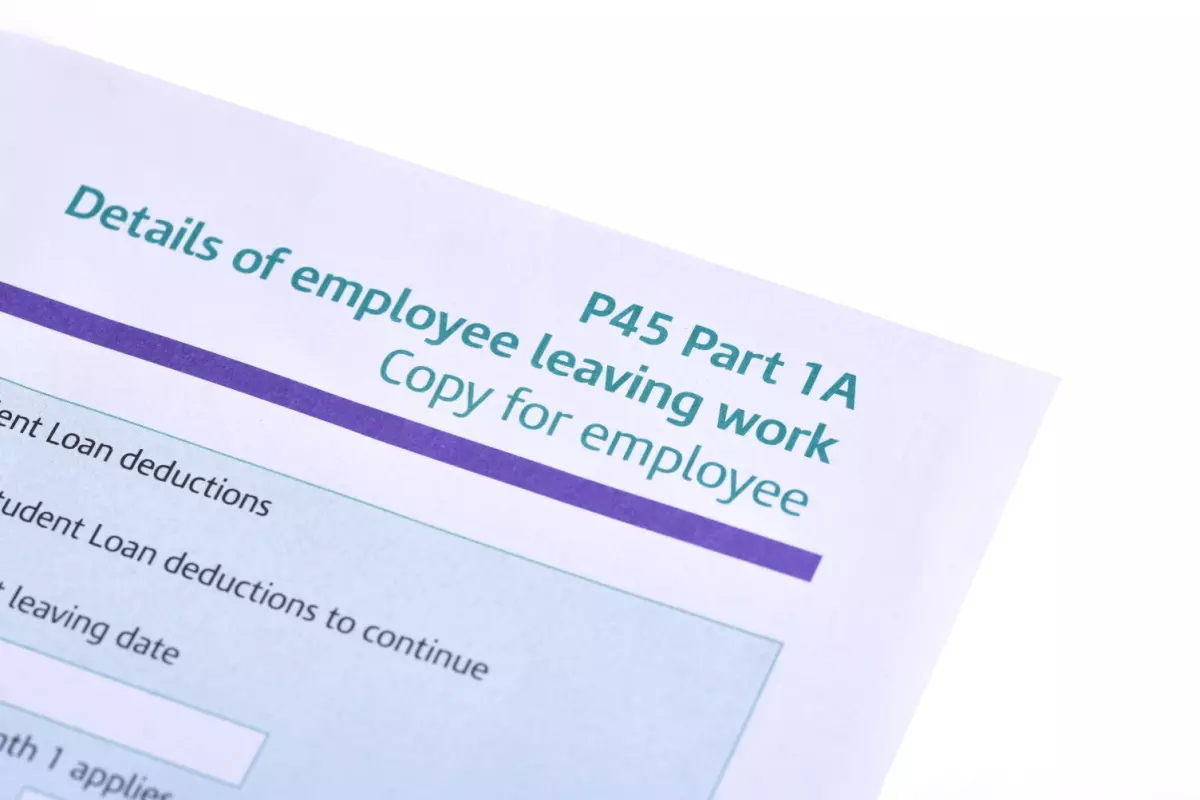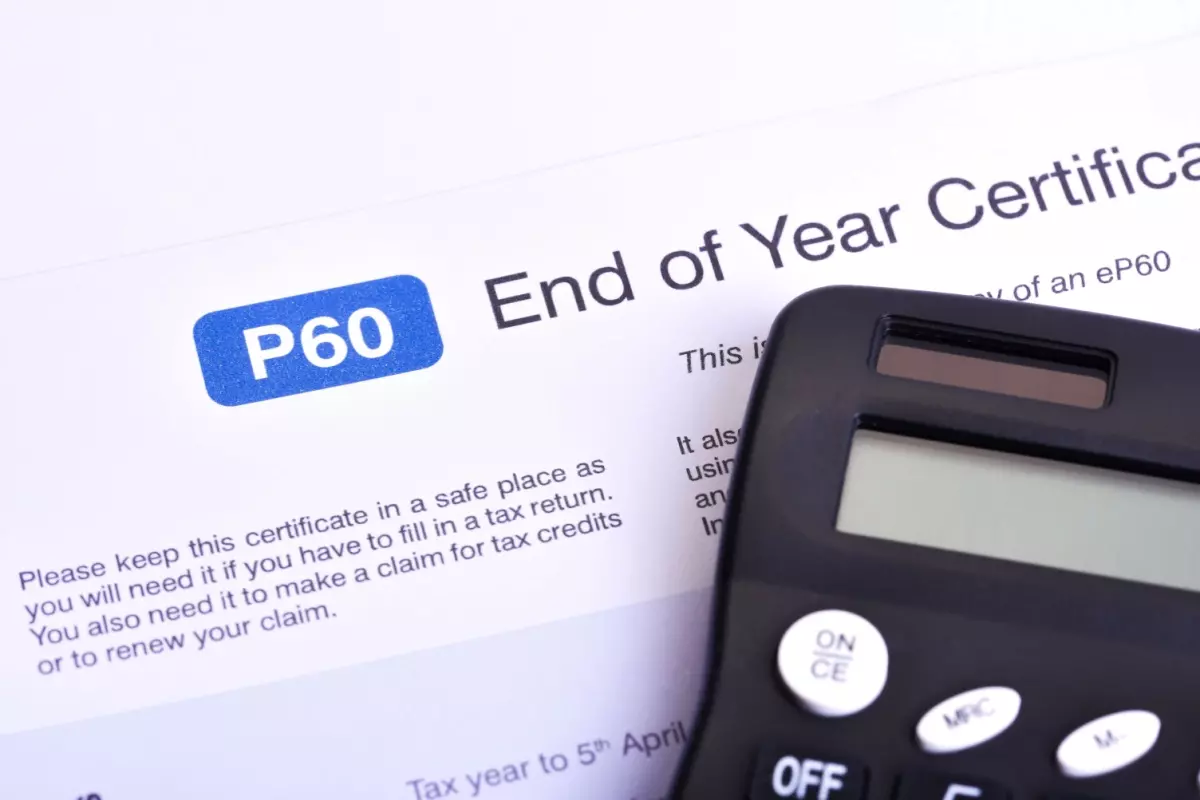Employment onboarding documents and tax forms definitely require a learning curve for individuals who are just entering their first job. But even if you’ve been in the workforce for several years, you might still be unsure what the difference is between P45 and P60 forms.
While both documents relate to employment and taxes, they are used for different purposes. In the following sections, we’ll break down all you need to know about these forms, including when you receive them, why you need them, and how to use them.
What is the Difference Between P45 and P60?
What is a P45 Form?
A P45 is given to an employee once their employment relationship ends with an employer. This could be due to a resignation, layoff, or termination.

But what is a P45 used for? This document outlines how much tax and National Insurance the employer deducted from the employee’s salary for the current tax year up until the date the employment relationship ended.
For instance, the regular tax year runs between April 6th and April 5th. If an employee is hired on May 1 and leaves the company on Nov. 1, then the P45 form will only include tax and salary information for those six months and not the entire tax year.
Why Do I Need a P45?
Even though you now know what this form is used for, you may still be wondering why do I need a P45. This form is required when you start a new job, and your new employer will request this document.
It is necessary because your new employer will use the P45 to check your income and tax deductions from your previous employer. Your new employer will also need it to ensure you are put into the correct tax code.
If you are slotted into the incorrect tax code, the wrong amount of tax could be deducted from your pay. This could result in overpayment or underpayment of taxes, which could cause issues during your annual tax return. Ensuring your tax code is correct can help you avoid these problems and possibly lead to you paying less taxes throughout the year.
What Information is on a P45?
Here is the information that is included on a P45:
- Name
- Address
- Date of birth
- National Insurance number
- Student loan information (if applicable)
- Date the employment relationship ended
- Tax code
- Gross salary for the tax year up until the employment end date
- Deducted income tax amount for the tax year up until the employment end date
When you receive your P45 form, ensure the information above is included and accurate.
There are four parts that will be included on a P45 form. Part 1 will be sent to HM Revenue and Customs (HMRC) by your former employer. You should retain Part 1A for your personal records. Finally, Parts 2 and 3 should be given to your new employer for onboarding and payroll purposes.
What is a P60 Form?
Unlike a P45 that is provided to you when the employment relationship ends, you will receive a P60 form every year. Your employer is required to issue it to all employees once a year between April 5 and May 31.

A P60 form summarizes how much tax you paid for the current year. It ensures that you’re not overpaying or underpaying your annual income taxes. Unlike the P45 form, the P60 form will include all salary and tax information for the entire year.
It is used to file your yearly Self Assessment tax return or apply for tax credits. A P60 is also often required when you apply for a loan or mortgage, as it provides proof of earnings.
What Information is on a P60?
The following information is included on a P60:
- Name
- National Insurance Number
- Gross income for the current tax year
- Deducted tax amount for the current tax year
- National Insurance tax deductions for the current tax year
- Statutory pay (leave pay) for the current tax year
- Student loan deductions (if applicable)
When you receive your P60 form, ensure the information above is included and accurate.
The Difference Between P45 and P60 in a Nutshell
There isn’t just one difference between a P45 and a P60 form – there are several. The following table outlines the major differences between the two documents:
| P45 | P60 | |
| Timing | Provided once the employment relationship ends | Annually: at the end of the current tax year |
| Usage | Informs new employer about employee’s tax income and paid taxes; informs tax code classification | Primarily used for annual tax return |
| Information | Earnings and tax information for the current tax year up until the employment relationship ended | Total earnings and deduction information for the entire tax year |
Sum up
Now that we’ve cleared up the differences between P45 and P60 forms, you can be confident that you’re prepared for tax season and any future employment opportunities. As with any legal or tax-related document, ensure all your information is correct and that you retain copies for personal records.
P45 vs. P60: FAQ
Do you have more specific questions regarding P45 vs. P60 forms? Here are some common answers:
What Should I Do if I Lose My P45 Form?
If you lose your P45 form, you must contact your previous employer to request a new one. They will either issue a new form or provide you with a statement of earnings that includes gross earnings, time of employment, and tax deductions.
What if My Previous Employer Doesn’t Provide a P45?
Start by contacting your previous employer and request that they provide you with the form. If the employer doesn’t comply or refuses, you can contact the HMRC. They will intervene and enforce the employer’s legal requirements to provide you with this form.
How Can I Correct Mistakes on My P60 Form?
If you notice inaccurate information on your P60, contact your employer and request a new form with the updated information. If they don’t provide you with a corrected version, you can reach out to the HMRC to update your information. Make sure to keep records of all communications.
What Happens if My Employer Does Not Provide a P60 By the Deadline?
Begin by reaching out to your employer and notify them that you have not received your P60 form. If your form was lost in the post, your employer can provide you with a paper copy in person.
If your employer refuses to provide you with the form, reach out to the HMRC. They will take action to ensure your employer complies.
Do I Need to Submit My P45 or P60 to HMRC Myself?
No. Your employer is responsible for sending the appropriate forms to the HMRC on your behalf. In any case, it is advised that you keep copies of these documents in the event that the HMRC requests them.
Are There Electronic Versions of the P45 and P60 Forms?
Yes. Most employers have transitioned to providing electronic copies of P45 and P60 forms. If you prefer physical copies, you can always request them from your employer or print them from the electronic version.